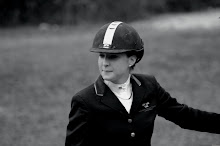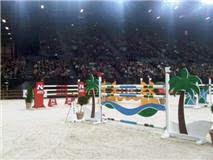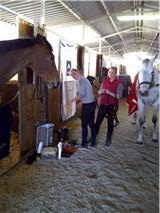Remember the protests in London at the time of the G20 meeting of world leaders (April 2009)? In a word: Controversial. The Royal Bank of Scotland became the symbolic target of Anti-Capitalist demonstraters. What started off as a peaceful demonstration escalated into sporadic outbursts of violence as protestors were angered by police tactics. There was a growing sense of frustration amongst those fenced in to a particular area, and as some threw plastic bottles in retaliation, the police force pushed back against the crowd aggressively.
http://www.youtube.com/watch?v=nwuUuj-lCz4&feature=related
A multitude of video recordings give evidence of officers' unacceptable use of force, including an attack that caused the death of Ian Thompson; posing serious questions toward police conduct. One's right to protest is central to any democratic society. Much of the freedom we take for granted was obtained by those prepared to take to the streets in protest. In fact the Human Rights Act entitles us to do so. The increased threat of terrorism and anti-social behaviour, in recent years, has led to new legislation wherein the police are given wider powers to control and restrict the actions of protestors.
The main police watchdog has warned against aggressive tactics, reviewing protocol and thereby the service's approach to public order policing since the G20 protests. The report argues that there is an "absence of clear standards on when to use force, inconsistent tactics and lack of up-to-date training" (Financial times).
Reform does seem underway as a result of this report. Meredydd Hughes, chief constable of South yorkshire police and a spokesperson for ACPO (association of chief police officers), stated that they "intend to make guidelines a public document and ensure the British reputation for fair and open policing is reinvigorated by the response to this report" (Financial Times). Emphasizing the concept that it is not only one's right, but one's obligation to question generally accepted government policy. That any one person can make a difference.
And so it should be.



































